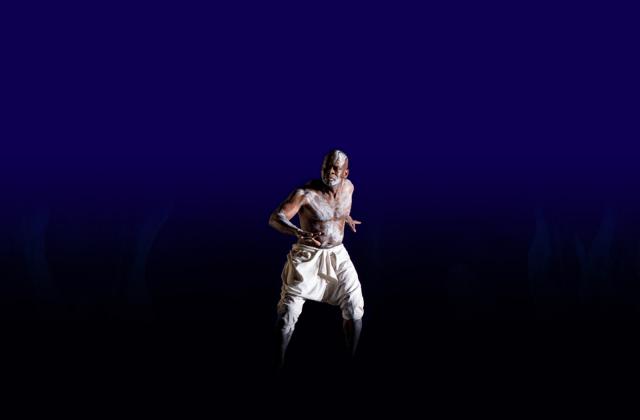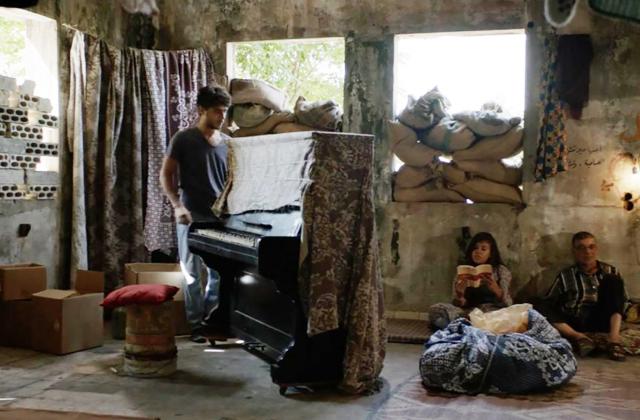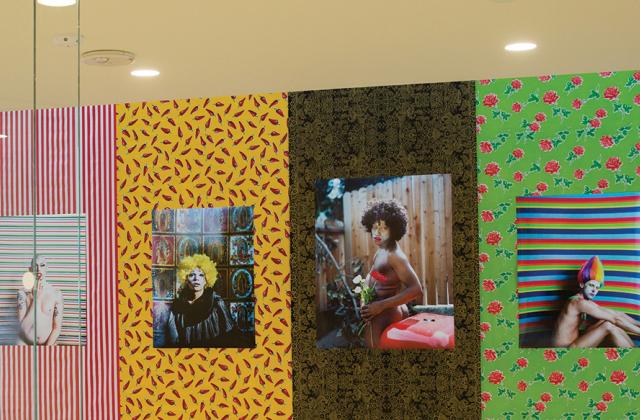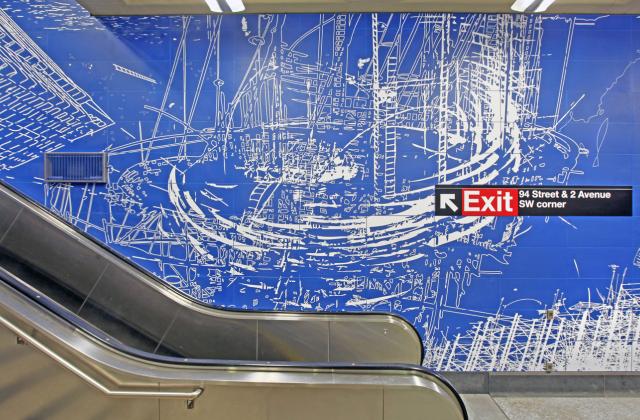Can storytelling help AI be more human?

A new interactive installation reimagines the tale of Frankenstein for the digital age, exploring the fears and promise of artificial intelligence (AI). In honor of the 200th anniversary of Mary Shelley’s Frankenstein, Rachel Ginsberg, Nick Fortugno and Lance Weiler created their own version of Shelley’s monster: an AI powered by emotions and stories. Developed and produced at Columbia’s School of the Arts' Digital Storytelling Lab, the AI was initially programmed with the text of the original Frankenstein.
The installation, Frankenstein AI: A Monster Made by Many, premiered at the 2018 Sundance Film Festival and will travel the country for the next two years. In the first act, audience members engage in one-on-one conversations with fellow participants about memories and feelings. These conversations are recorded and input into the machine. Then, in Act II, the AI directly asks the audience questions about human emotion and behavior, using answers to generate further questions like, “How do you talk to someone to fall in love?” Finally, the AI directs a dancer in real time, feeding instructions into her headset.
Weiler and his fellow creators envisioned Frankenstein AI as an opportunity to consider the growing role of AI, from personal assistants in our phones to predictive algorithms on streaming services. Like Shelley’s monster, they believe, AI needs to be understood, not feared. Considering the problem of implicit bias in algorithms, for example, they wondered if building machine learning around human-to-human contact might lead to greater inclusion of different perspectives.
Says Fortugno, “What does it mean that you have a system that’s built out of pieces of human interaction, rather than pieces that are tied to the main uses of artificial intelligence, which are commercial and military?” Learn more.
Make Your Commitment Today




